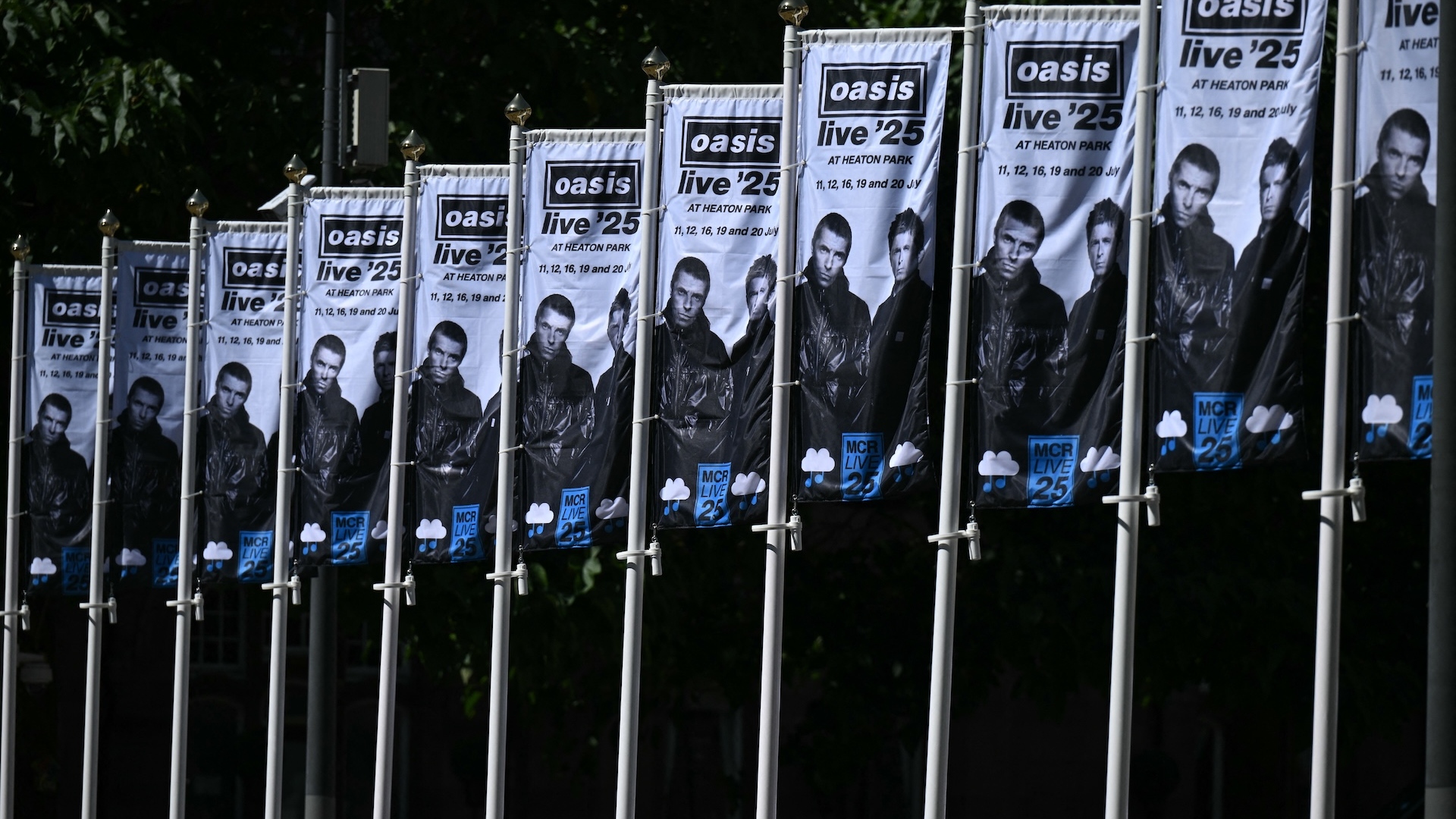

Last week, the Discovery space shuttle blasted off into the abyss for a final journey that signalled the beginning of the end for 30 years of continuous US space exploration.
Nobbled by a brittle economy and the glitzy emergence of Virgin Galactic-style space tourism, you wouldn’t blame Nasa if it simply whiled away the hours idly devouring stockpiles of freeze-dried food.
So it’s good to see it launching an exciting new venture — a quest to unearth the future of air travel. Late last year, Nasa enlisted America’s three biggest aviation experts and asked them to come up with a viable design for a commercially available plane that could theoretically go into production by 2025.
Boeing’s stupendously sleek concept (picture 1) is capable of near-supersonic speed, echoes the wind-skimming lines of Nineties military planes and will surely be the frontrunner for production once this year’s gruelling tests and simulations are done.
The contracted companies couldn’t completely run wild though. Nasa kept superfluous sci-fi flourishes to a minimum with strict design specifications. The plane of the future needed to be able to cover a range of 7,000 miles and get to 85 per cent of the speed of sound while still carrying between 50,000lb and 100,000lb of either cargo or passengers.
Northrop Grumman’s concept features a twin-fuselage reminiscent of Richard Branson’s star-grazing White Knight Two, while Lockheed Martin’s design resembles a 747 with the huge engine nudged to the back of the aircraft.
Both valiant efforts, but we’re hooked on the idea of wheeling our suitcase on to a stealth bomber for our 2026 summer holidays. See the other two models, here.
Get exclusive shortlists, celebrity interviews and the best deals on the products you care about, straight to your inbox.
As a former Shortlist Staff Writer, Danielle spends most of her time compiling lists of the best ways to avoid using the Central Line at rush hour.


